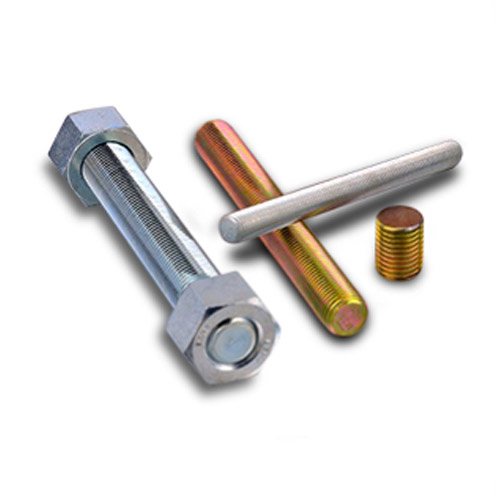नवम्बर . 08, 2024 14:09 Back to list
How to Fix a Stripped Screw Head Effectively and Quickly
Dealing with Stripped Screw Heads Causes, Prevention, and Solutions
Stripped screw heads can be a frustrating predicament for both amateur DIY enthusiasts and seasoned professionals alike. This seemingly minor mishap can halt a project in an instant, leading to delays and potential damage to materials. Understanding what causes stripped screw heads, how to prevent them, and how to resolve them when they do occur is essential for anyone involved in construction or repair work.
Causes of Stripped Screw Heads
Stripped screw heads often result from improper tool use or the wrong type of screw for a particular application. For instance, using a screwdriver that doesn't fit snugly into the screw's head can lead to the stripping of the head's grooves. Additionally, applying excessive torque when driving a screw can also cause damage, particularly if the screw has been over-torqued or if it’s made from a softer material. Rust and corrosion can further weaken screws, making them more susceptible to stripping.
Prevention Strategies
Preventing stripped screw heads is primarily about being mindful of technique and materials
. Here are a few best practices1. Use the Correct Tools Always choose a screwdriver that matches the screw type (Phillips, flathead, Allen, Torx, etc.) and ensure that it fits snugly in the screw head. Using the right tool will minimize the risk of slipping and stripping.
2. Avoid Over-Tightening Be cautious about how much torque you apply when driving screws. It's important to understand the material you are working with and to stop when resistance is felt. Over-tightening can warp materials or strip the screw head.
3. Choose the Right Screw Type Select screws made from appropriate materials for your project. For example, stainless steel screws are less prone to rust than mild steel screws, reducing the risk of stripping.
stripped screw head

4. Pre-drill Holes For harder materials, pre-drilling pilot holes can help ease the installation of screws and prevent stripping. This practice helps stabilize the screws as they are inserted, reducing friction and the risk of damage.
5. Use Lubrication Applying a small amount of lubrication can help reduce resistance when driving screws, minimizing the chance of stripping.
Solutions to Stripped Screw Heads
Despite your best efforts, you may still encounter stripped screw heads. When this happens, there are several techniques to extract or repair them
1. Rubber Band Trick For minor stripping, place a rubber band over the stripped screw head and then insert the screwdriver. The rubber band can provide the extra grip needed to turn the screw.
2. Use a Screw Extractor Screw extractors are specialized tools designed to remove stubborn screws. They are generally easy to use drill a hole into the center of the screw head and then insert the extractor, which bites into the screw as it's turned counterclockwise.
3. Drilling Out the Screw If all else fails, you can drill the screw out completely. Start with a small drill bit and gradually increase the size until the head comes off, allowing you to remove the remaining shaft with pliers.
4. Tapping New Threads If the screw hole has been stripped, you may need to tap new threads by using a tap and die set. This process creates a new path for the screw, allowing for proper reinsertion.
In conclusion, although stripped screw heads can be a vexing issue, understanding their causes and implementing preventive strategies can significantly reduce their occurrence. When faced with a stripped screw, a variety of solutions are available to tackle the problem effectively. With the right tools, techniques, and knowledge, anyone can navigate the challenges posed by stripped screw heads and keep projects on track.


